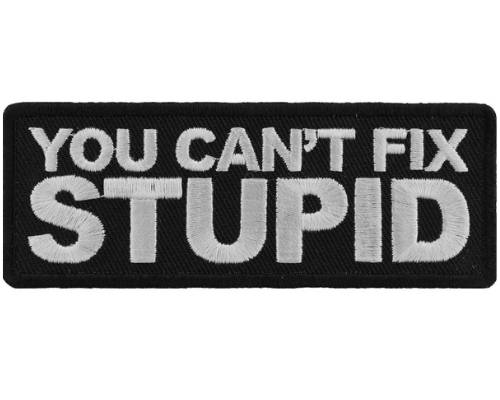When I worked on political campaigns I saw firsthand the need to convince people to do things to help you. Volunteering at an office, making phone calls or sealing envelopes, they all require help from people who have other things to do.
But it’s not only in politics that this skill reaps benefits. Any parent who has tried to convince their kids to take a bath or brush their teeth knows this all too well.
Regardless of your interest or your job, it helps to better relate to people on a personal level. In politics I learned that campaigns are all about making personal connections, being likable and helping people see you as being, “just like them.” There’s a reason that people always ask the same question, “Which candidate would you rather have a beer with?” as if that was ever going to happen or had any impact on policy.
“Chair”man of the Board
Here’s an anecdote I’ve picked up along the say. Ironically it was told to me a dozen years ago about someone who ended up running for office years later.
The grizzled executive was known for his stature in the company. His ability to utilize different boardroom techniques allowed him to command a certain presence with his staff. No one was afraid of him per say, but no one looked forward to a one-on-one meeting.
When he would bring in individuals for an interview, he would set up his office with just two chairs and a desk in between them. Picture frames, plants, filing cabinets, everything would go. By removing anything that could be a distraction to the eye, the executive would place the sole emphasis on himself and the interviewee. There was nowhere else for the potential hire to look but straight at the one in charge.
In addition, the executive would raise the height of his chair three inches from its normal height. He would then depress the height of the interviewee’s chair by three inches. This six-inch gap would create a much different impression than if the chairs were even. It was clear from the moment the interviewee sat down that the executive was in charge.
What did this do? It gave the executive the high ground, both figuratively and literally. It made the executive seem as if he were big, powerful and in control. If this interviewee wanted to work there, he would have to “look up” to the executive for wisdom and guidance.
On an episode of “Curb Your Enthusiasm”, Larry David has a similar situation with Linn Manuel-Miranda. In their case it’s not the height of the chair necessarily, but who gets to sit behind the big, powerful desk.
Now Forget Everything I Just Wrote. (Kind of)
Why do I use the example of a higher and lower chair? Because this is NOT the impression you want to give off when trying to relate to people.
Whether you’re dealing with volunteers or staff on a political campaign, young students, new employees, or even your kids getting ready for their bath, you want to relate to them in every way possible. Here’s a trick most people don’t even think about, get down on the person’s level. As in physically get down to their level.
To establish a positive relationship with someone, try physically being at eye level or lower. If you’re an employer coming up to a new employee sitting at his desk, once or twice I’ve crouched down like a baseball catcher as you go over the project on their computer screen. Something that allowed us both to have that same perspective instead of me “looking down” on them. If you were volunteering at an event, walk down a step from the outside entrance so you’re on equal footing with the person you’re speaking with.
There’s a reason dog trainers sometimes encourage owners to physically get down on the ground when talking with their pet. And in reverse, sometimes do the exact opposite and have stand above them to show control. These techniques can work with any creatures, in any circumstance. (Yep, sometimes things that work on dogs work quite well on us humans too!)
There are times that being at eye level will put them at ease, and make them feel like they have equal control in the situation. You’ll learn how to relate to people and improve your assertiveness.
Next time you’re in a situation where you want to convey ease and relaxation, try making sure you’re at roughly eye level with the person you’re speaking with, or even put yourself at a lower level. By providing them with an extra layer of comfort, you may be able to get an even more positive reaction than you originally thought possible.



